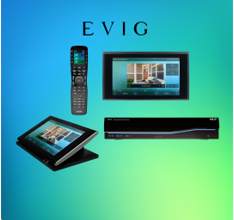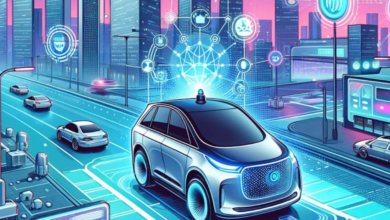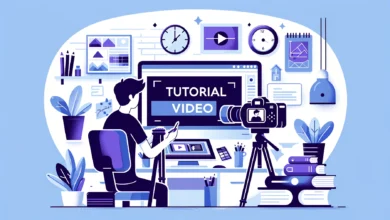AI Image Generators: How They Work and Why They Matter

AI image generators represent a significant advancement in technology, employing neural networks to analyze and synthesize visual data. These tools have found applications across multiple sectors, from marketing to architecture, revolutionizing the way visuals are produced. However, their rise raises critical questions about creativity and authenticity in art. As the landscape of digital expression evolves, understanding the implications of these innovations becomes essential for both artists and industries alike. What does this mean for the future of artistic integrity?
The Technology Behind AI Image Generation
As advancements in artificial intelligence continue to evolve, the technology behind AI image generation has become increasingly sophisticated and accessible.
Central to this progress are neural networks and generative models, which enable machines to learn patterns from vast datasets.
These technologies empower users to create compelling visuals, fostering a new era of creative freedom and innovation, while challenging traditional notions of artistry and authorship.
See also: AI and Its Role in Digital Forensics and Image Authentication
Applications of AI Image Generators in Various Industries
Numerous industries are harnessing the capabilities of AI image generators to enhance their creative processes and operational efficiency.
In marketing visuals and advertising campaigns, these tools streamline production and elevate engagement. Similarly, gaming design benefits from rapid asset creation, while architectural rendering allows for innovative visualizations.
Fashion innovation leverages these technologies for trend forecasting, and educational tools provide interactive learning experiences, showcasing diverse applications.
The Impact on Creativity and Authenticity
While AI image generators offer unprecedented tools for creative expression, they also raise critical questions about authenticity and originality in artistic endeavors.
The ease of generating images can lead to originality challenges, as artists grapple with the boundaries between inspiration and imitation.
This dynamic shifts the landscape of creativity, demanding a reevaluation of what it means to create in an increasingly automated artistic environment.
The Future of AI in Visual Arts and Expression
The evolution of AI in visual arts is poised to redefine the boundaries of artistic expression and creation.
As artists embrace AI collaboration, the potential for innovative visual storytelling expands dramatically. This synergy enables creators to explore uncharted territories, blending human intuition with machine efficiency.
The future promises to enhance artistic freedom, allowing diverse voices to flourish within a dynamic, evolving landscape of visual arts.
Conclusion
In the juxtaposition of human creativity and machine intelligence, AI image generators emerge as both tools of innovation and catalysts for debate. While they streamline artistic production, they simultaneously challenge traditional notions of originality and authorship. As industries embrace these technologies, the future of visual arts stands at a crossroads—where the boundaries between creator and creation blur, inviting a redefinition of what it means to be an artist in an increasingly digital world.




